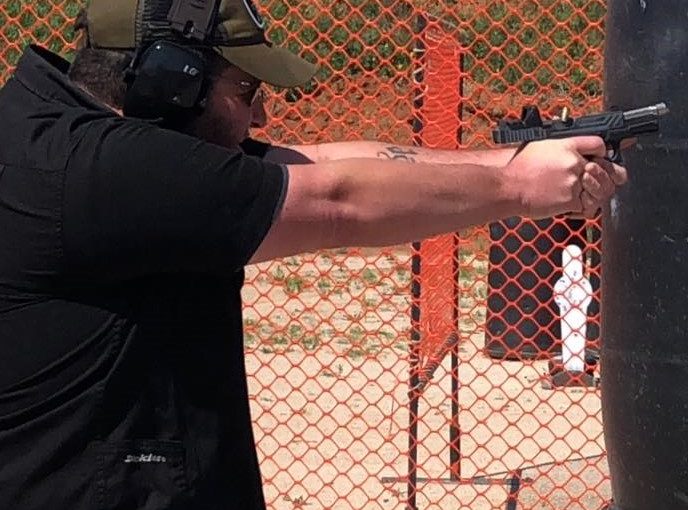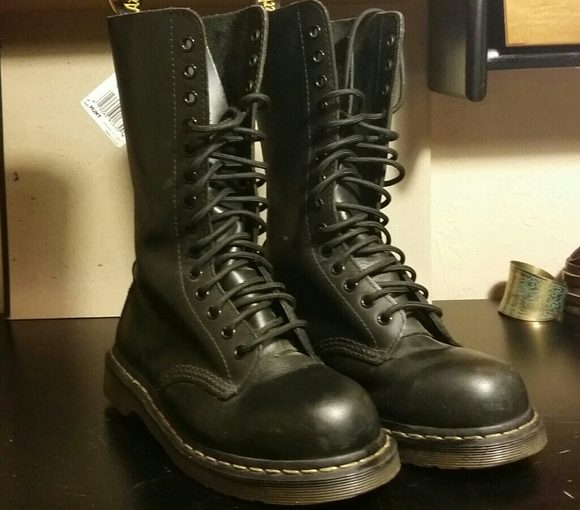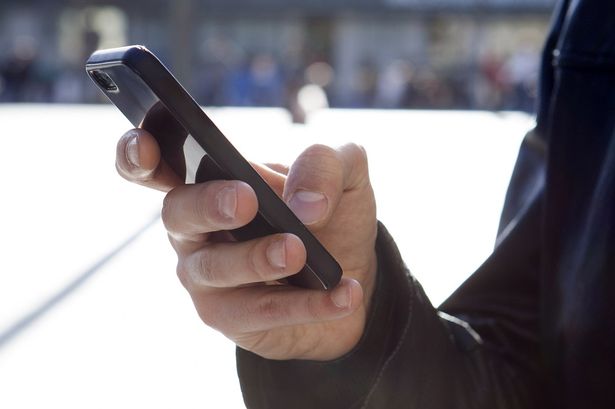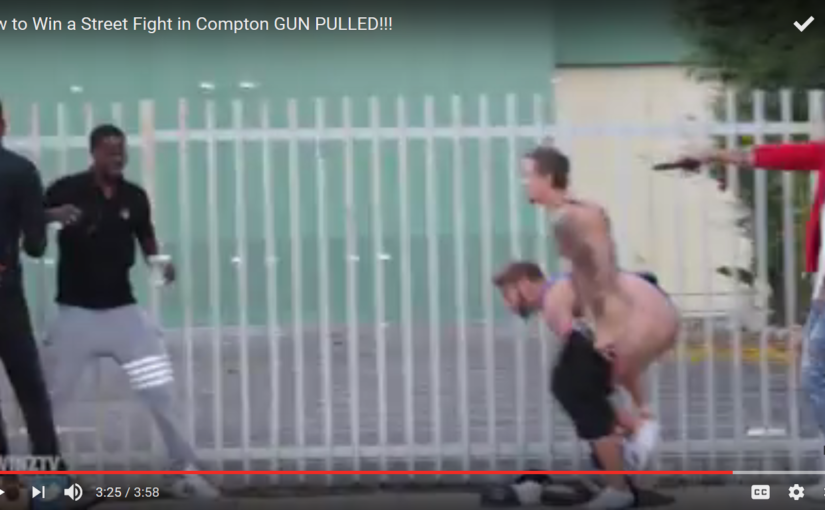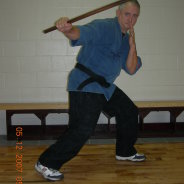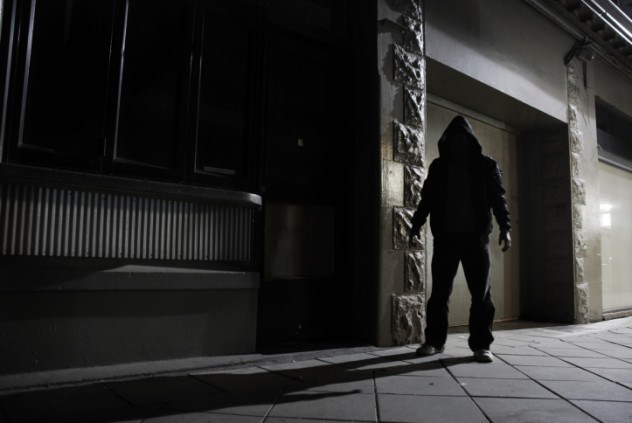So what can we learn from this, and extrapolate about how road rage incidents (or really any conflict or negative social interaction for that matter) unfold? I think most people would agree that the way someone reacted to my wife’s admittedly passive aggressive (though by today’s standards, not unreasonable) reaction to being cut off in traffic was extremely far off of reasonable or normal. Let’s call this an outlier. What would a rational person do? Do nothing and keep driving? Act surprised and apologetic? Probably respond in kind is the most likely, but all of those seem well within the realm of possibility. But that’s not what happened at all. Instead the reaction was extremely disproportionate to the perceived slight. There was certainly no regard for the safety of anyone on the road. It was a single-minded emotional overreaction to get “the last word” and feel vindicated. There was certainly no sense of mission, as advocated by Varg Freeborn.
My purpose in all this isn’t to pick on or berate my wife, but to force her to start thinking through her choices and courses of action so she never has to experience anything like this again, ideally. If I’m being honest though, the more likely best outcome I can hope for is simply better preparing her to respond appropriately when it does. That means managing the situation through more effective setting of boundaries and a happy medium of enforcement of them per Erik Kondo’s model, as well as understanding and defining mission. What is the ultimate desired end state? How does each choice we make advance toward that?
So let’s return to the concept of what you can afford. Let’s think of the sum total of everything you are and possess to bring to life’s situations (“the fight”, if you will) as a bank account. You make deposits by what you invest in yourself. Your choices often cost you something, which we will call withdrawals. How much of a reserve do you have? I will take the analogy one step further. Just as a wise investor will diversify their financial assets, your skill-set and tools should be diversified as well.
It is important to have self-awareness. What tools have you made available to yourself? Again, what investments have you made? This takes the form of not just the physical items you carry with you, but also the training, conditioning, and inoculation you have gained from experience. The more well rounded your portfolio is, the more potential solutions are available to you, which in turn increases your likelihood of finding a suitable solution that leads to a desired outcome. The problem is when you only carry a hammer everything begins to look like a nail. Simply being completely unequipped is also a non starter. Both can be equally bad.
My wife is a rather petite, diminutive woman. Despite her intelligence and common sense, she has virtually no training, conditioning, or inoculation relevant to the issue at hand. I think her rather naïve reaction to what happened makes that fairly evident. It seemed to exist outside of her frame of reference that anyone would behave in such a manner. What should you deduce from this? She probably shouldn’t be engaging anyone where there is any viable alternative. She doesn’t project anything remotely aggressive or otherwise threatening. What does this mean? She doesn’t typically engage people in the same way as, say, someone like me. On the other hand, there are those that look for victims, people who present soft targets on a cursory evaluation. I guess this all begs the question of what is more likely to invite conflict. I suppose the short answer is both equally. It depends largely on the very specific circumstances and with whom you are dealing, even down to particular stages in the process where the wrong course of action or approach can make things worse. Over and under enforcement of boundaries are both huge problems.
How do you know at what level you are operating? Well in truth you really do not know for sure. The best thing you can do is develop your skills to take a read on people and situations. Beyond that, you’ll generally know when a situation is not improving toward a positive resolution and is even likely worsening. That means it is time to adjust and/or change tack. Would the outcome of an otherwise identical situation have changed had I been in it instead of her? It is tough to know for certain, at least in terms of the factor that is furthest from my control. That is to say, the other party always gets a vote. Would he have backed down or been deterred seeing me as a harder target? Or would that have simply provoked more escalation? I know I would have made the choices presented to me differently, but there are so many variables that we get to choose and some not that can completely alter the course at any time.
People who appear to be victims on the surface benefit even more than others from weapons as equalizers. Unfortunately the sword is double edged, so to speak, in reality. Weapons in play increase the risk of any encounter and raise the stakes. They cannot be discounted, especially vehicles. Yes, your vehicle is a weapon that is just as dangerous as any instrument purposely designed as such. We live in this day and age where the conversation about violence revolves around guns and seems to default to that, especially in the United States. What’s to stop someone who is angry over a traffic dispute from ramming the target of their rage or running them off the road? What if said target doesn’t expect it, or is driving something much smaller that can’t withstand or contend with the weapon being deployed against them?
There are a couple of other points about vehicles that demand consideration where conflict is concerned. The first is about both communications and judging intentions. All you can see of someone in a vehicle is typically from about the chest or shoulders upward. You often can’t see their hands or what is in their vehicle. Now add to this the proliferation of tinted windows to obscure even more, and the fact that you are both variably in motion much of the time. It is a very impersonal, almost detached experience as compared to a face to face interaction within personal space. What this can create is a lack of empathy, understanding, and sound communication. There is simply no context for anyone else’s behaviour. This makes it far easier to misread someone’s actions and escalate into hostilities. It also makes it much harder to correctly perceive capabilities and intentions should that happen. Think about the challenges of managing an unknown contact, and now add all these further complications. Talk about muddying the waters in the already complex process of making a reasonable determination of how you should defend yourself.
The final piece of this puzzle is your own discipline and self-control. Effective strategy based boundary setting is as much about oneself as those around you. Read the situation. Take your own ego out of it to prioritize achieving an outcome of your own choosing. Make no move that does not advance this end. “Right” though you, or my wife in the aforementioned case, or anyone else may be; what have you gained by escalation? If you make that choice, what are you prepared to follow it up with when the other party follows suit? You have now potentially lost control of the situation if you haven’t thought it through and prepared for all outcomes. What it all comes down to is a bunch of gaming of “if _____ happens, then I will _____” ad infinitum, with a healthy dose of soul searching about your internally and externally imposed parameters and boundaries. Define what your mission and ethos are. If you’re not clear on any of this, you can’t begin to even formulate how you will go about standing your ground and enforcing your boundaries. Stand ready and be confident, in yourself and what you bring. Do NOT be too eager to use what you possess. Remember that every action has a reaction, and it may not be what you expect. Everything costs you something. Could be your pride, blood, money, freedom, or life. Make choices that advance your goals, not feed your ego. First and foremost, you should always be asking yourself what you can afford.
